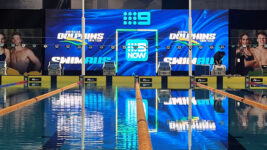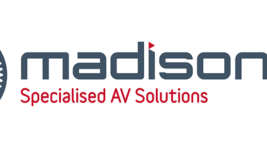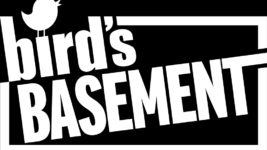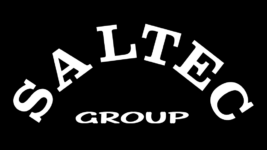THEATRE
13 Dec 2023
WICKED Tours the Land of Oz
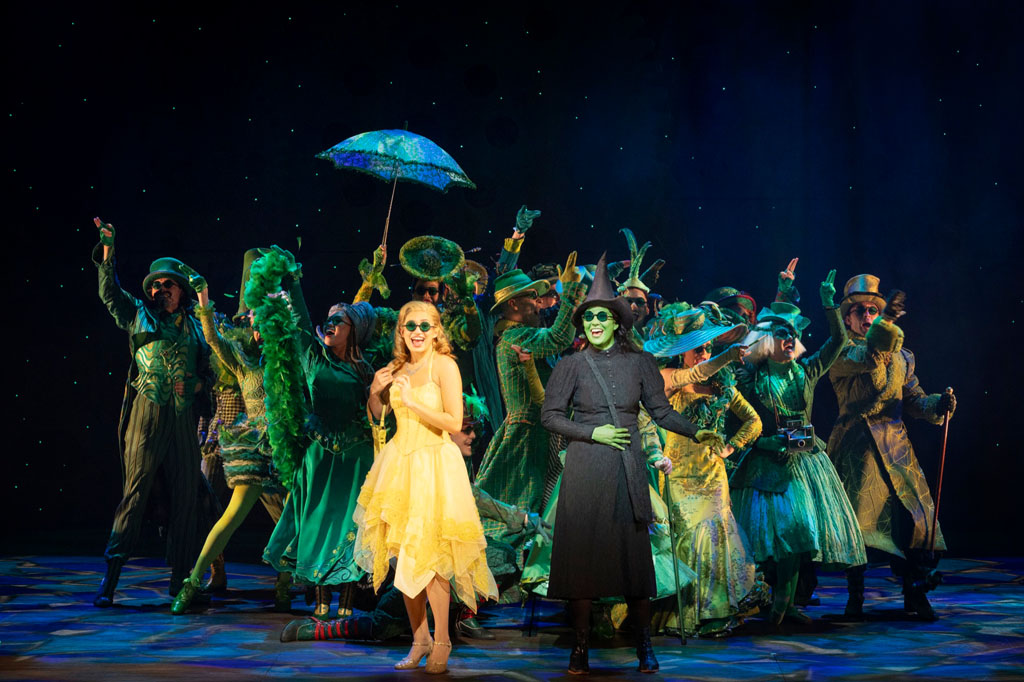
Subscribe to CX E-News
While celebrating its 20th year on Broadway, the musical WICKED is currently on its third tour of Australia, having first graced our stages in 2008. There’s been quite a few advances in audio technology in the intervening 15 years, and the original sound design by Tony Meola has been updated over time to include new loudspeakers and processing from Tony’s preferred manufacturer, Meyer Sound.
Australian theatre stalwarts System Sound are in charge of all things audio in the Land of Oz, with David Greasley in the position of Associate Sound Designer, and Anthony ‘Anto’ Shaw Head of Department. Both have had a long association with the show; David has been involved in every professional Australian production, and Anto originally mixed the show on an 80 module Cadac analogue desk!
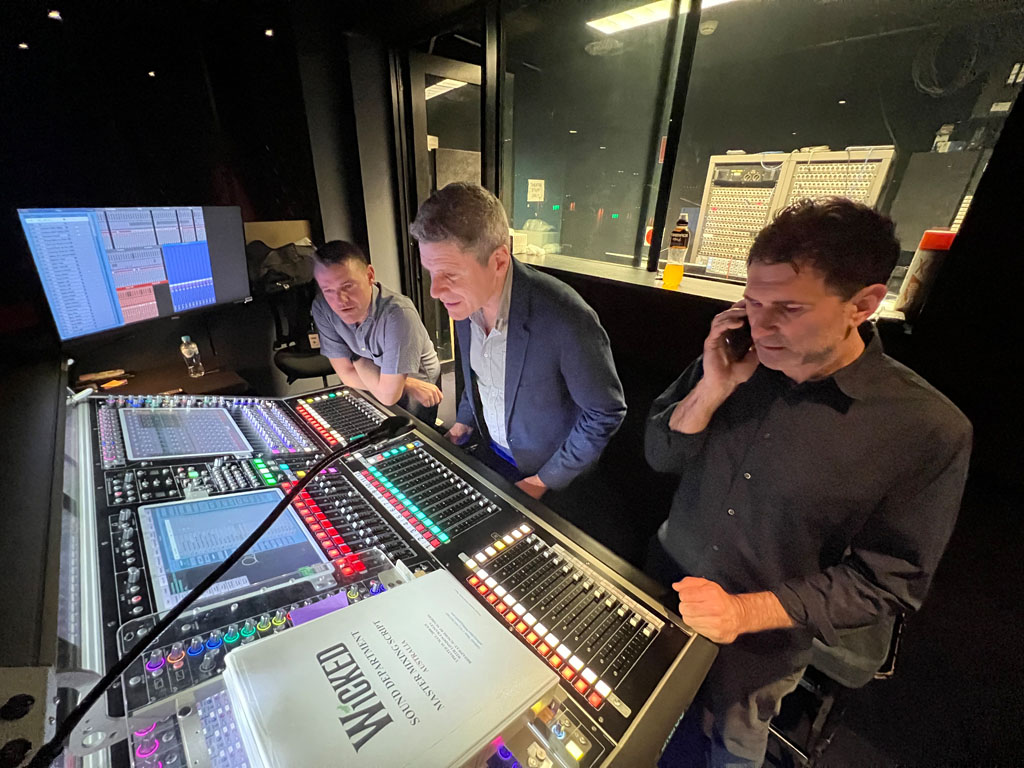
While the show still uses the same sound design in terms of where loudspeakers are placed, the original Meyer Sound M1D and M2D line arrays have been replaced with the more recent LINA and LEOPARD line arrays, respectively. In the back end, the Meyer Sound Galileo processors have now been swapped out for the newer Galileo GALAXY processors.
And out the front, the venerable Cadac is long gone, and is now a shiny DiGiCo SD7-T Quantum running at 96kHz.
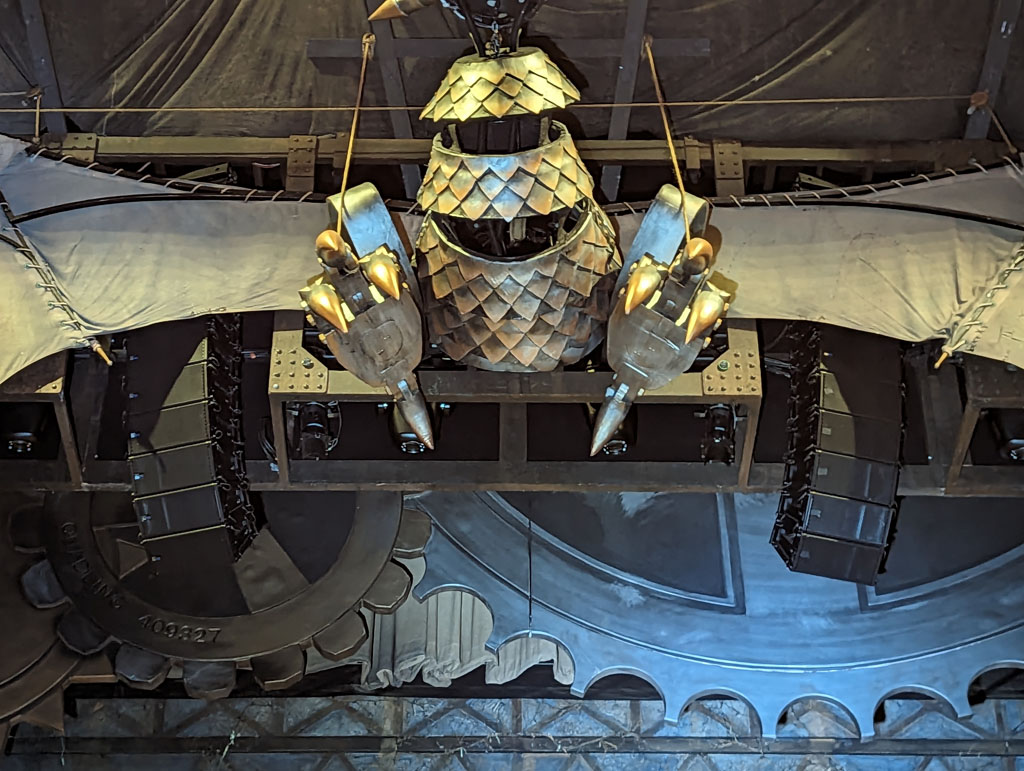
“The sound design is basically the same as the original Broadway production,” relates David Greasley. “Its central idea is that the vocals come from two split centre arrays, due to there being a very large dragon hanging from the centre of the proscenium. The vocal arrays are split by around three metres and turn out 20 degrees. The last time we did WICKED, these arrays were M1Ds, which were great, but the coverage in the middle where the two arrays crossed over could be problematic. This time around, we’re using LINA, which doesn’t suffer from that. Not that the audience would ever hear it, because they don’t walk between them!”
The LINAs are joined by upper and lower left and right LEOPARD arrays, primarily for the band, as per Tony Meola’s design, with a little vocal sent into the lowers. “I mixed WICKED on the first generation of Meyer Sound line arrays,” says Anto Shaw. “The improvement in sonic quality in LINA and LEOPARD is extraordinary; it’s a huge step up. We are achieving incredibly even coverage throughout the venue, quicker than ever before. They rig faster, they pack faster, they sound better. There are improvements to every single aspect of performance.”
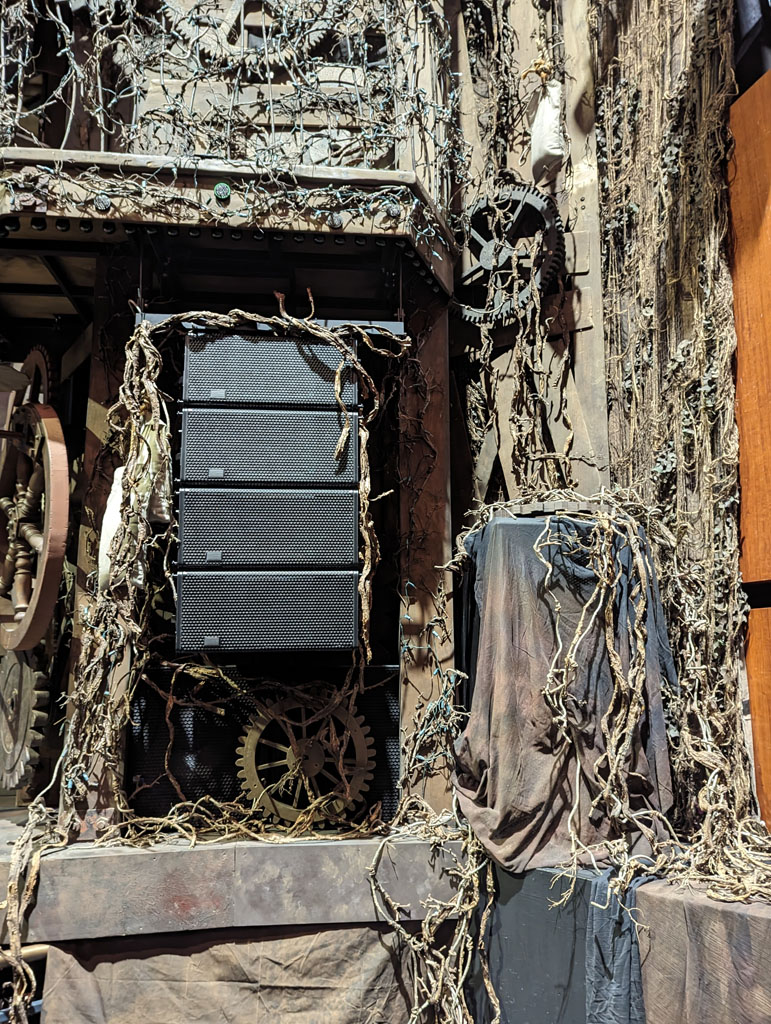
The advances in product design are making Anto’s day-to-day a lot less stressful. “It is absolutely easier to deal with vocals, and the step up in clarity from the first generation is massive,” he confirms. “It takes a lot less effort to get voices heard and understood. There’s less channel EQ and compression being used. We’re running everything pretty flat; all our Countryman B6 hairline mics are generally flat, and the system EQs are pretty gentle. The design of the show doesn’t incorporate much compression, and the show is quite dynamic. I’ve found LINA and LEOPARD to be a lot more dynamic. When we have those big moments, they don’t break a sweat.”
All of this helps when you’re running eight shows a week. “WICKED is a complex show, visually and musically,” observes Anto. “There’s not a lot of four-on-the floor rock songs. It’s sonically complicated, and it can get quite busy mixing it. There are some pretty unforgiving sections that if you don’t nail them, it’s noticeable. There’s a real challenge there, which means working on this show doesn’t get boring.”
Five Galileo GALAXY 816 (eight in, 16 out) processors are handling speaker processing, including multiple delay rings, and David Greasley is utterly convinced of their superiority. “I did one version of the musical Matilda with Meyer Sound M’elodie line arrays on Galileo, and then another version with exactly the same speakers on Galileo GALAXYs, and it is absolutely a better sound,” David asserts. “The phase coherence is better. High frequency clarity is stronger, lower frequencies are smoother, and different loudspeakers are smoother together. The system sounds like one big loudspeaker, rather than multiple systems of different models. For example, we’re using 60 Meyer Sound UPM- 1Ps as delays and fills, which are a classic, although still current. They are so clear and transparent, and with GALAXY processing I’ve never heard them sound better.”
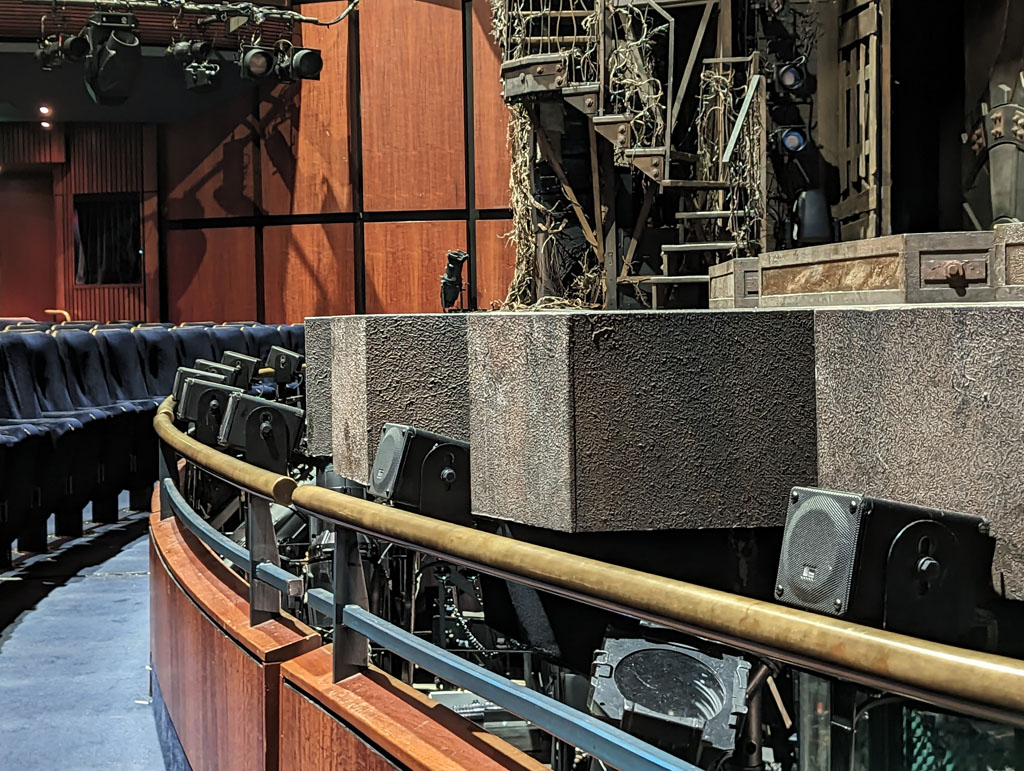
Another newer product from Meyer Sound gracing the theatre are 16 MM-4XPs as front fill. Being a mere 10cm square with 14.5cm depth, the tiny speakers mounted on the pit rail itself. “I really like having them on the pit rail,” comments David. “Because they’re not on the front edge of the stage, you don’t have the front fill at volume trying to push over an open orchestra pit and all your pit microphones. It makes the pit quieter, and you don’t get vocals going into the pit mics. This solution works really well.”
At the FoH mix position, Anto and FoH deputy Jake Goodsell take turns mixing on the DiGiCo SD7-T Quantum. “The old Cadac was a beautiful machine and sounded amazing,” reminisces Anto. “But it was time consuming, heavy, high maintenance, and took up a lot of truck space! You can do a lot more on the DiGiCo, and it’s half the size and less expensive. The optical fibre loop that’s running all our signal transport helps a lot on bump- ins; it’s a lot quicker to move and set up than 100 channels of copper multicore through the floor of the venue. Everyone loves the SD7-T; the ‘Theatre’ version of the software is the huge advantage for us, because of all its advanced cast and cue management features.”
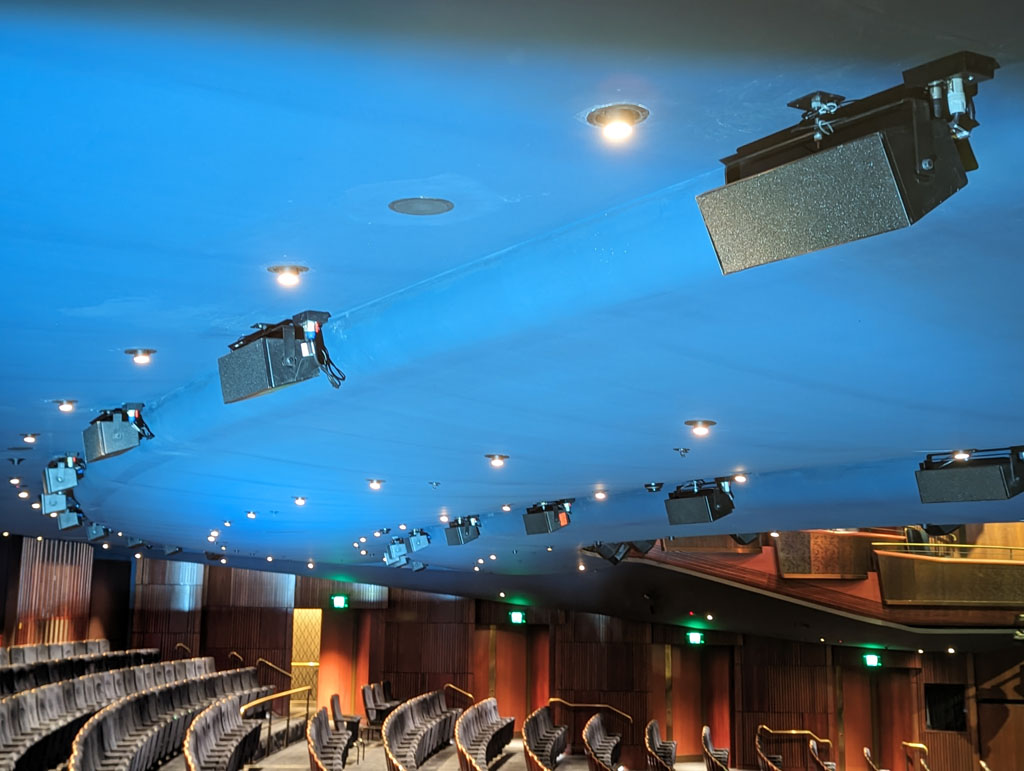
Next to the DiGiCo sits a rack of external reverbs. “Last time the reverb was Lexicon 960L, but now it’s a TC Electronic M6000-II,” adds David. “We’re still using Lexicon PCM81s for vocal effects. The original design used XTA multiband EQs, but now we’re using the SD7- T’s onboard EQ and compression.”
Things are different backstage and in the pit, too. “We used to have a foldback desk backstage, with passive splitters and all of that,” outlines David. “That’s all gone now. All band foldback is straight from the SD7-T to Aviom A-360 personal monitoring systems, and the band bring their own ears. Last time there were a lot of foldback speakers in the pit, but now there’s none, and it’s so much quieter.”
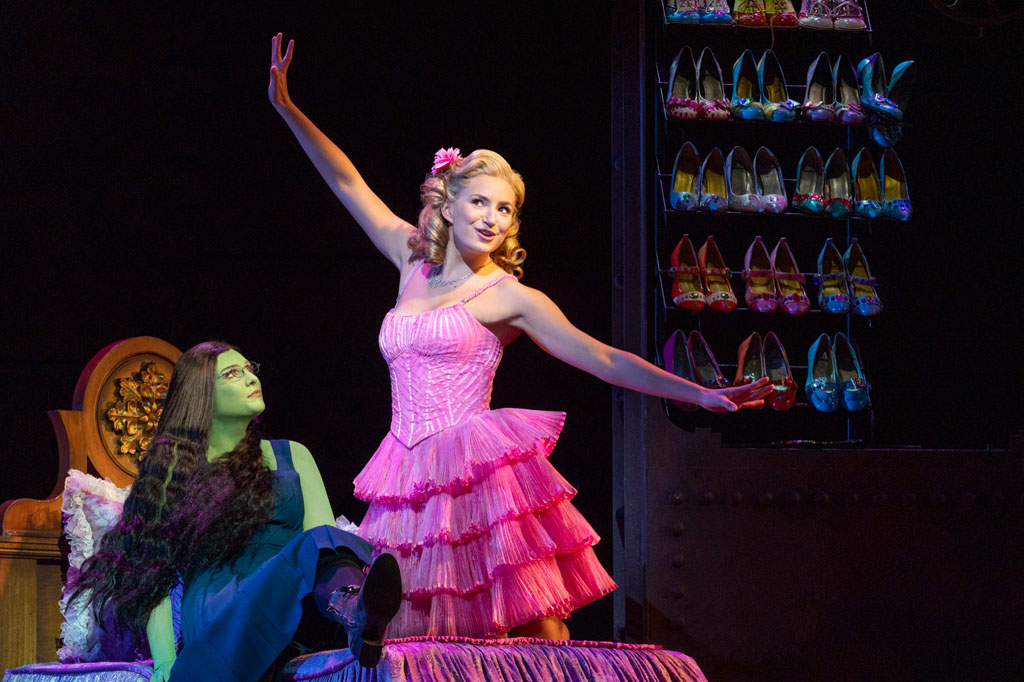
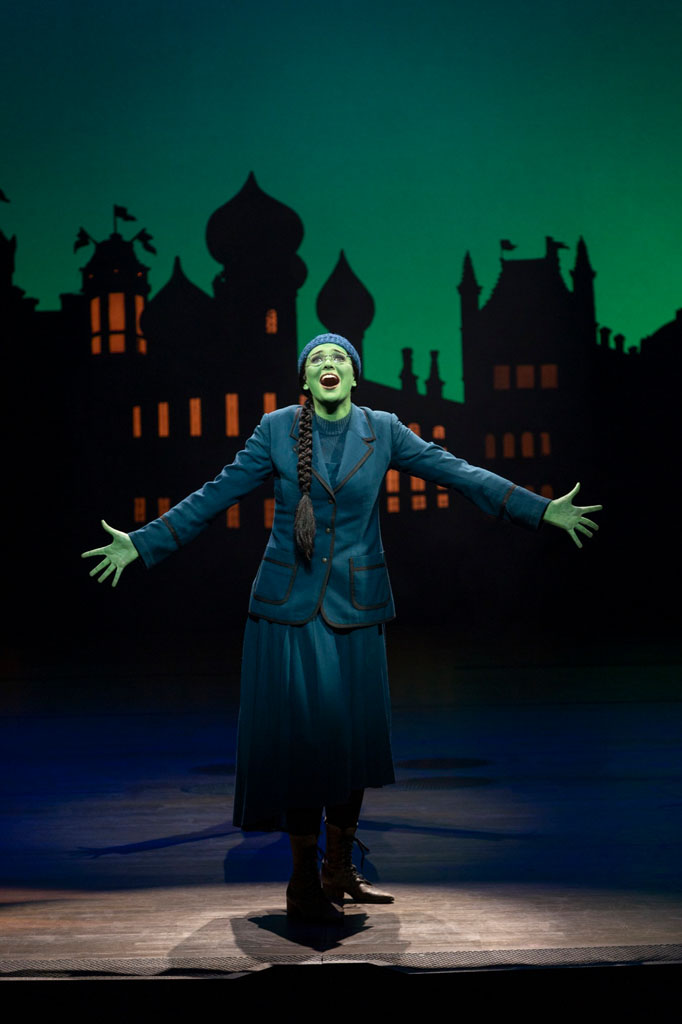
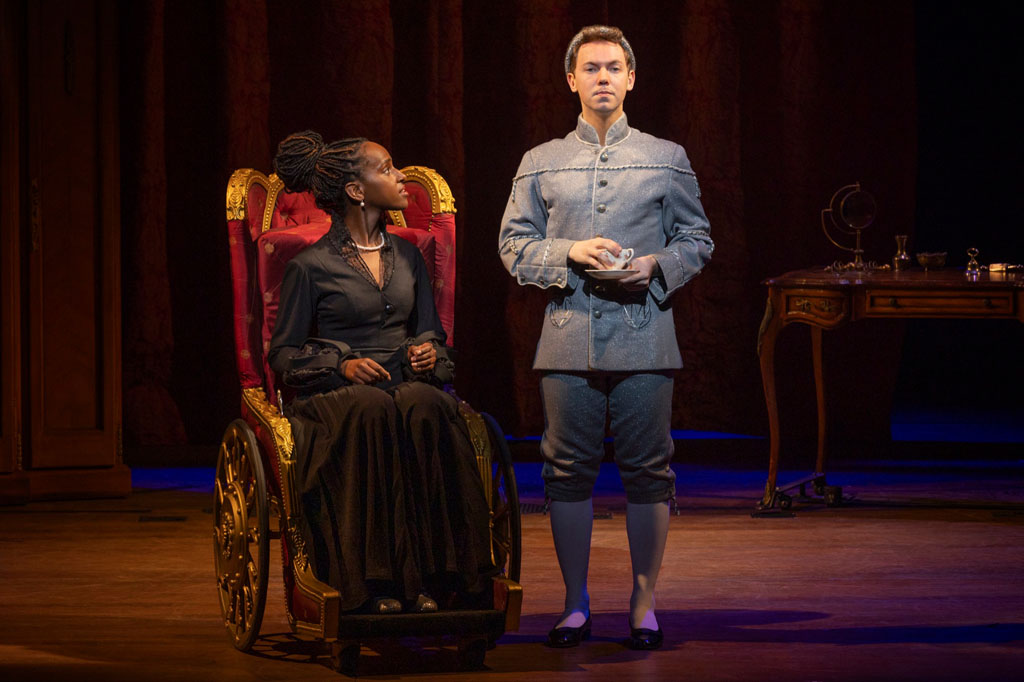
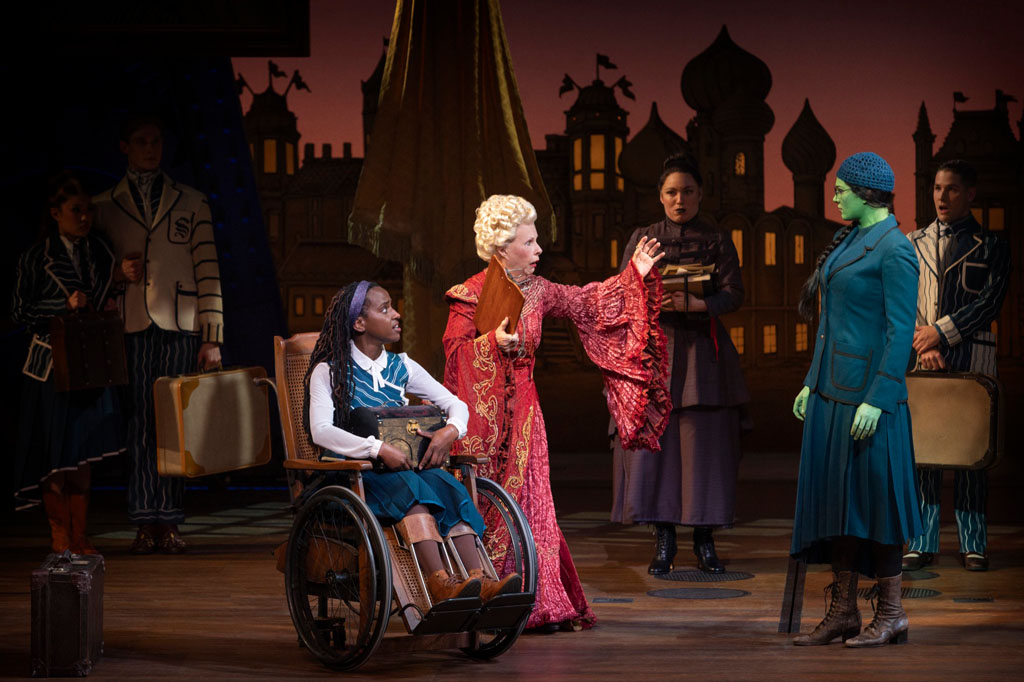
With Meyer Sound dominant in theatre sound design for so long, what do Anto and David think makes them the go-to for massive Broadway shows like WICKED? “Meyer Sound’s voicing is classically theatrical,” notes Anto. “They’re honest and neutral, which makes them design-friendly. The uniformity and predictability of Meyer Sound loudspeakers is a huge advantage in a theatre.”
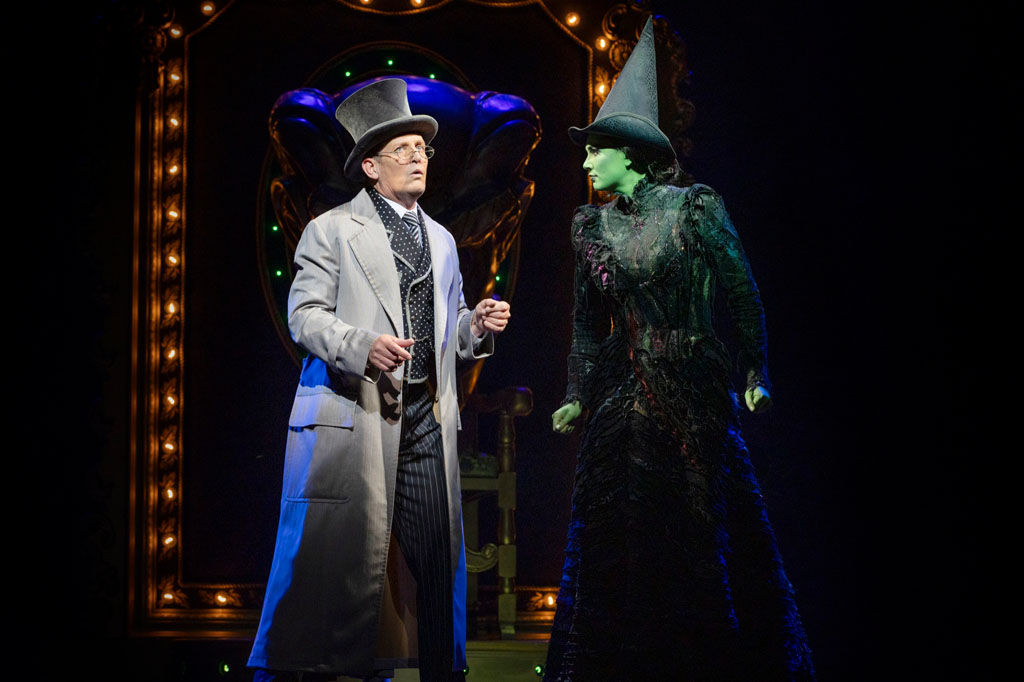
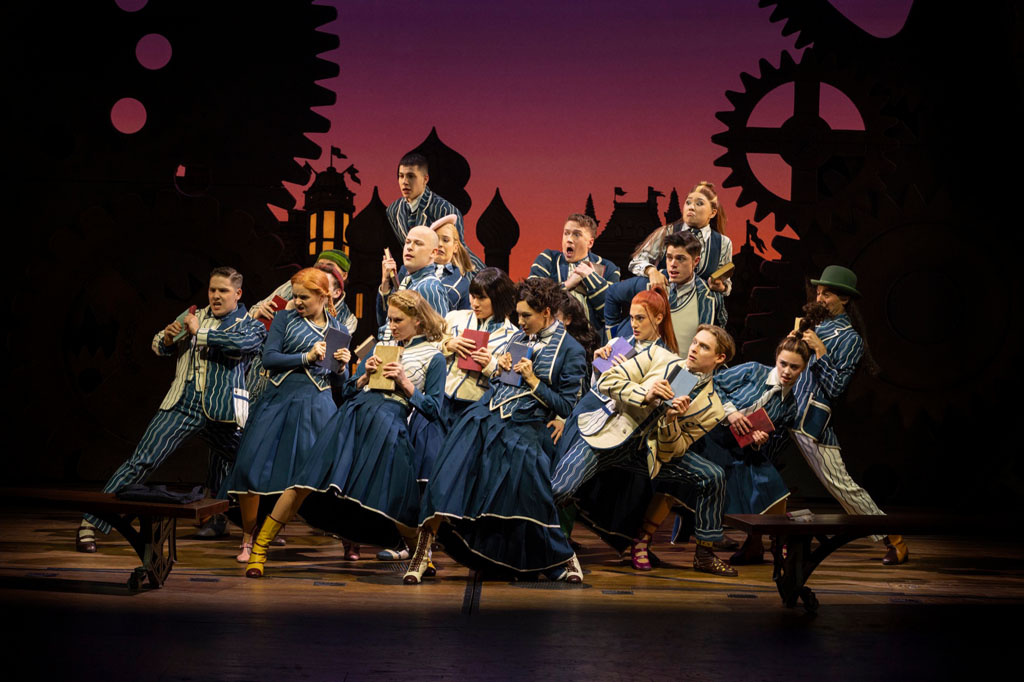
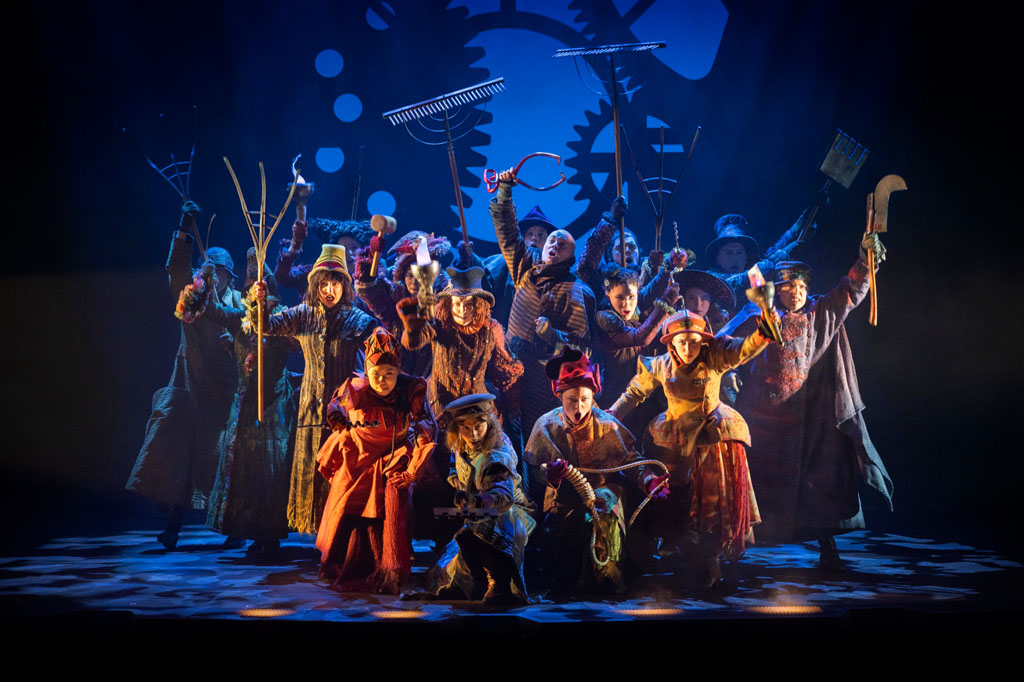
Subscribe
Published monthly since 1991, our famous AV industry magazine is free for download or pay for print. Subscribers also receive CX News, our free weekly email with the latest industry news and jobs.

